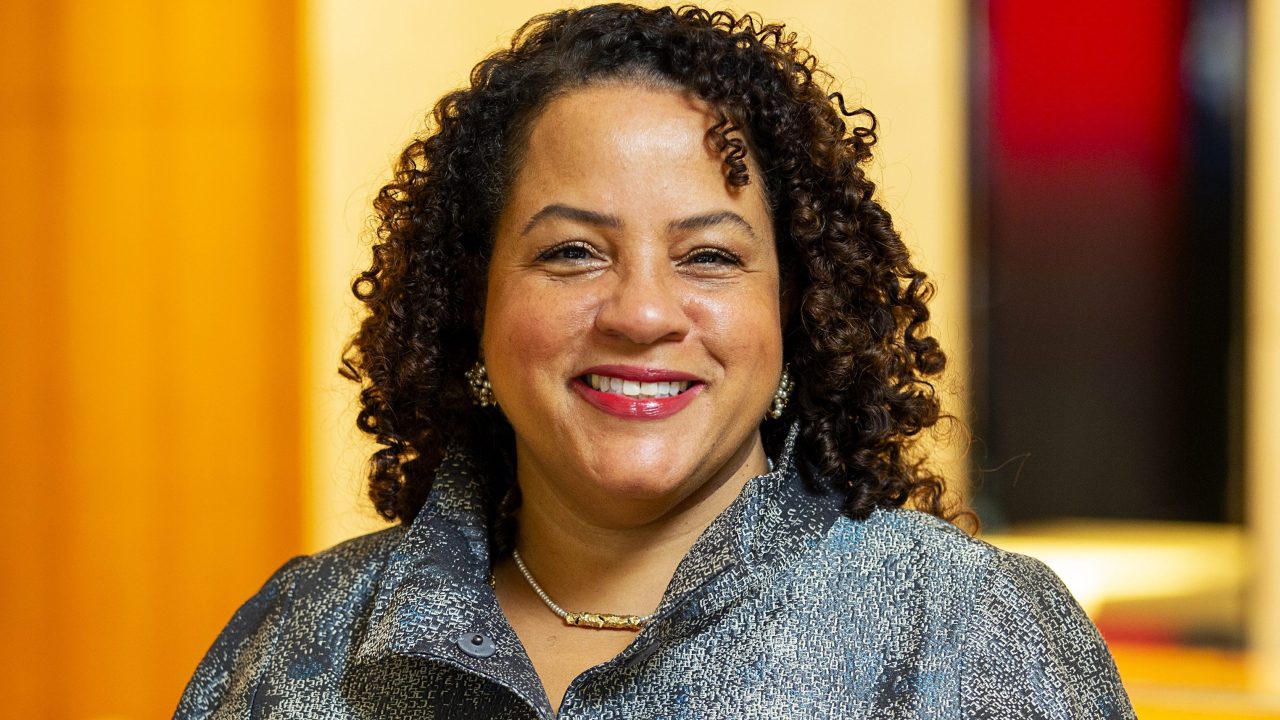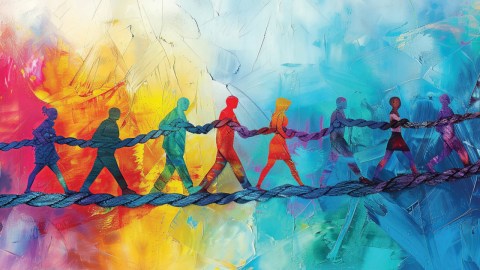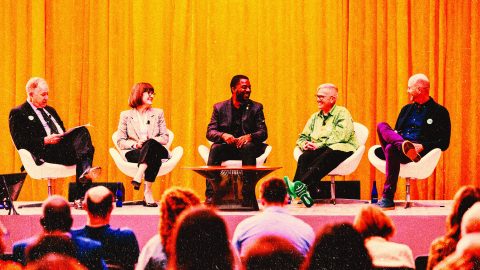
This article originally appeared in Museum magazine’s November/December 2024 issue, a benefit of AAM membership.
If there’s one thing I believe, after my years of working in this field, it’s that there is a museum for everyone. Whether your interests lie in art, animals, automobiles, history, military, nature, science, or sports (to name only a few), there’s a museum that can feed those curiosities with up- close encounters and expert interpretation. In the United States alone, this variety spans more than 22,000 institutions, according to estimates from the Institute of Museum and Library Services—nearly double the number of McDonald’s restaurants in the country.
With this impressive reach, museums impact communities across the country, serving as critical infrastructure not just through traditional visits but also activities like curriculum creation, digital con-tent, adult and youth programs, blood drives, voter registrations, and even—as the Newark Museum of Art is building toward—affordable housing developments. And yet, despite all this hard work to serve our communities, our impact too often seems to fly under the radar. When lack of funding forces a museum to scale back hours, or even close permanently, a big public outcry is rare. If we’re serious about being at the center of our communities, and receiving the funding and support that this merits, that needs to change.
Diversity, equity, accessibility, and inclusion (DEAI) programs are, at their heart, about addressing this problem. They aim to evolve our internal systems, structures, and processes so that our external policies and programs are relevant and impactful for all of us. They embrace the principles of democracy—diverse participation, equitable systems, accessible information, and inclusive processes—to ensure that museums not only affect their communities but reflect them. As you’ll read in this issue of the magazine, these efforts have become increasingly sophisticated over time, building from one-off experiments into an overarching discipline that intersects with every part of our work.
However, as you’ll also read in these pages, the growth of DEAI programs in American institutions has sparked a backlash movement, with public pressure and legislative changes forcing some museums to retreat from or recalibrate their practices. As “DEI” becomes a misappropriated acronym in the public sphere, misguided fears about what the work entails threaten to undermine its true, unifying spirit. Our field will need to be thoughtful about how to dodge the division and act in the interest of results. I believe we can frame our work to help even skeptics see that it is about expanding our field, not shutting anyone out. Ultimately, DEAI is about building a bigger tent, and we must continue to build our momentum toward that purpose.








